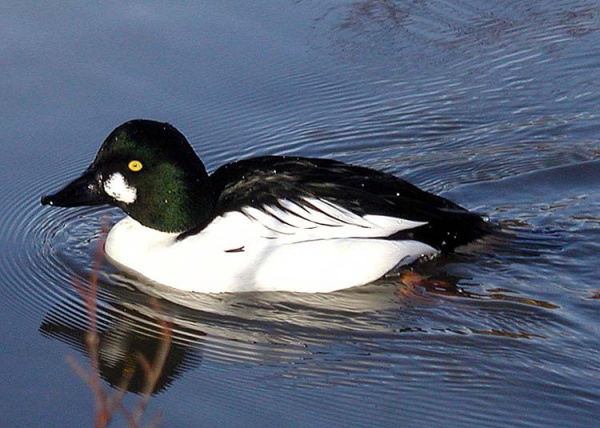Facts About Goldeneye (duck)
The genus *Bucephala* encompasses a group of diving ducks predominantly found in the Northern Hemisphere. The name "*Bucephala*" derives from the Ancient Greek word "boukephalos" meaning "bullheaded." This appellation alludes to the bufflehead duck's distinctive head shape, which imparts the appearance of a large head.
Initially, the bufflehead was believed to be the sole species within this genus, leading to attempts to reclassify it under the name *Charitonetta*. Concurrently, goldeneye ducks were erroneously placed in the genus *Clangula*, which correctly pertains to the long-tailed duck, also known as *Harelda*. Due to substantial genetic divergence between the bufflehead and goldeneye species, some experts advocate for the establishment of two distinct genera. Under this proposal, *Bucephala* would be reserved exclusively for the bufflehead (*B. albeola*), while a new genus, *Glaucionetta*, would encompass the goldeneyes.
At present, the genus *Bucephala* includes three extant species: the bufflehead, the common goldeneye, and Barrow's goldeneye. In addition, several fossil species have been identified. Examples include *Bucephala cereti*, discovered in regions spanning Hungary to France; *Bucephala ossivalis* in the United States; and *Bucephala fossilis* in California. Other fossils, such as *Bucephala angustipes* and *Bucephala sp.*, have been unearthed in various locales, highlighting the rich evolutionary history of this group of ducks.

 Finland
Finland